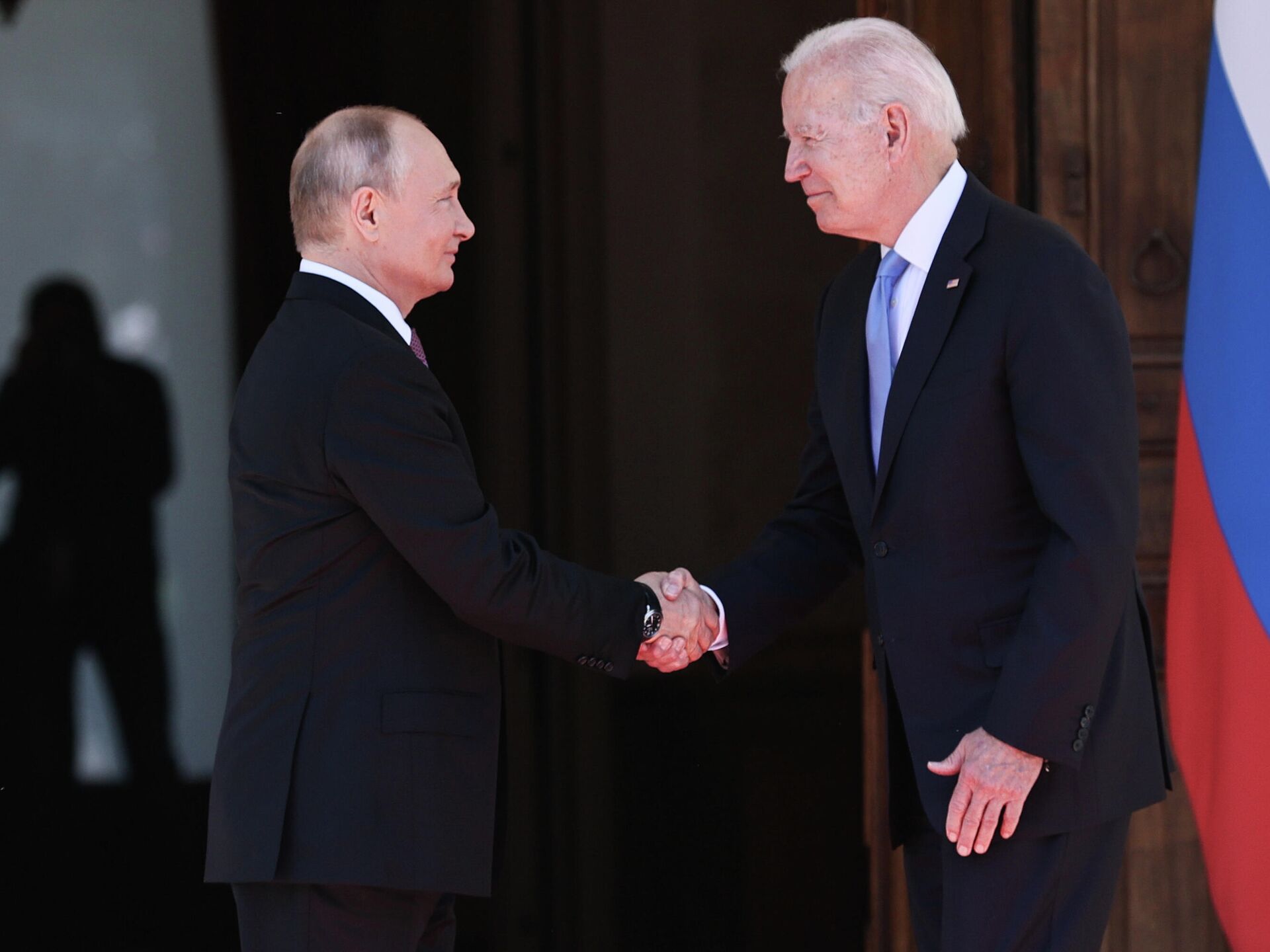
 China’s economy will likely surpass the United States as the world’s largest by 2030 while Asia will overtake North America and Europe combined in global power based upon "GDP, population size, military spending, and technological investment,” a US intelligence report said on Monday.
China’s economy will likely surpass the United States as the world’s largest by 2030 while Asia will overtake North America and Europe combined in global power based upon "GDP, population size, military spending, and technological investment,” a US intelligence report said on Monday.
"Meanwhile, the economies of Europe, Japan, and Russia are likely to continue their slow relative declines," the "Global Trends 2030: Alternative Worlds” report issued by the U.S. government's National Intelligence Council stated.
The report also said China could be looking over its shoulder at India in less than 20 years.
"India’s rate of economic growth is likely to rise while China’s slows. In 2030 India could be the rising economic powerhouse that China is seen to be today.”
America’s international role will be uncertain in the future as it evolves and "whether the US will be able to work with new partners to reinvent the international system will be among the most important variables in the future shape of the global order,” the report stated.
The study also said that Russia could either modernize and integrate itself in a "wider international community” or there is potential that if the country "fails to build a more diversified economy and more liberal domestic order” it "could increasingly pose a regional and global threat.”
The study cites that "individual empowerment” will lead to the growth of a global middle class during the next 15 to 20 years, leading to poverty reduction, greater educational attainment and improved health care.
"The growth of the global middle class constitutes a tectonic shift for the first time, a majority of the world’s population will not be impoverished, and the middle classes will be the most important social and economic sector in the vast majority of countries around the world,” the study stated.
The global population is also estimated to reach somewhere close to 8.3 billion people, thus increasing the demand for food, water and energy by as much as 50 percent and "climate change will worsen the outlook for the availability of these critical resources.”



_jpg/250px-ElbeDay1945_(NARA_ww2-121).jpg)









